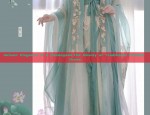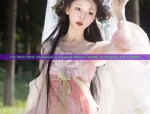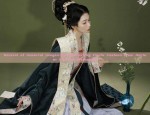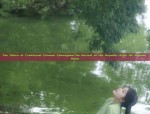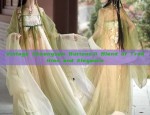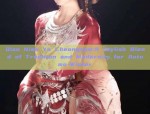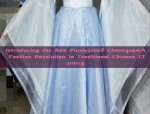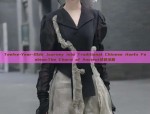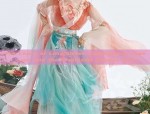The Complete Guide to Understanding and Making Shanxi-Style Hanfu Costumes
In the realm of traditional Chinese culture, Hanfu—the clothing worn by the Han people—is a significant aspect that embodies the essence of ancient aesthetics and craftsmanship. Among various Hanfu styles, those from Shanxi province hold a special place, reflecting a unique blend of simplicity and elegance. This article delves into the complete process of making Shanxi-style Hanfu costumes, from understanding its historical context to modern production techniques.
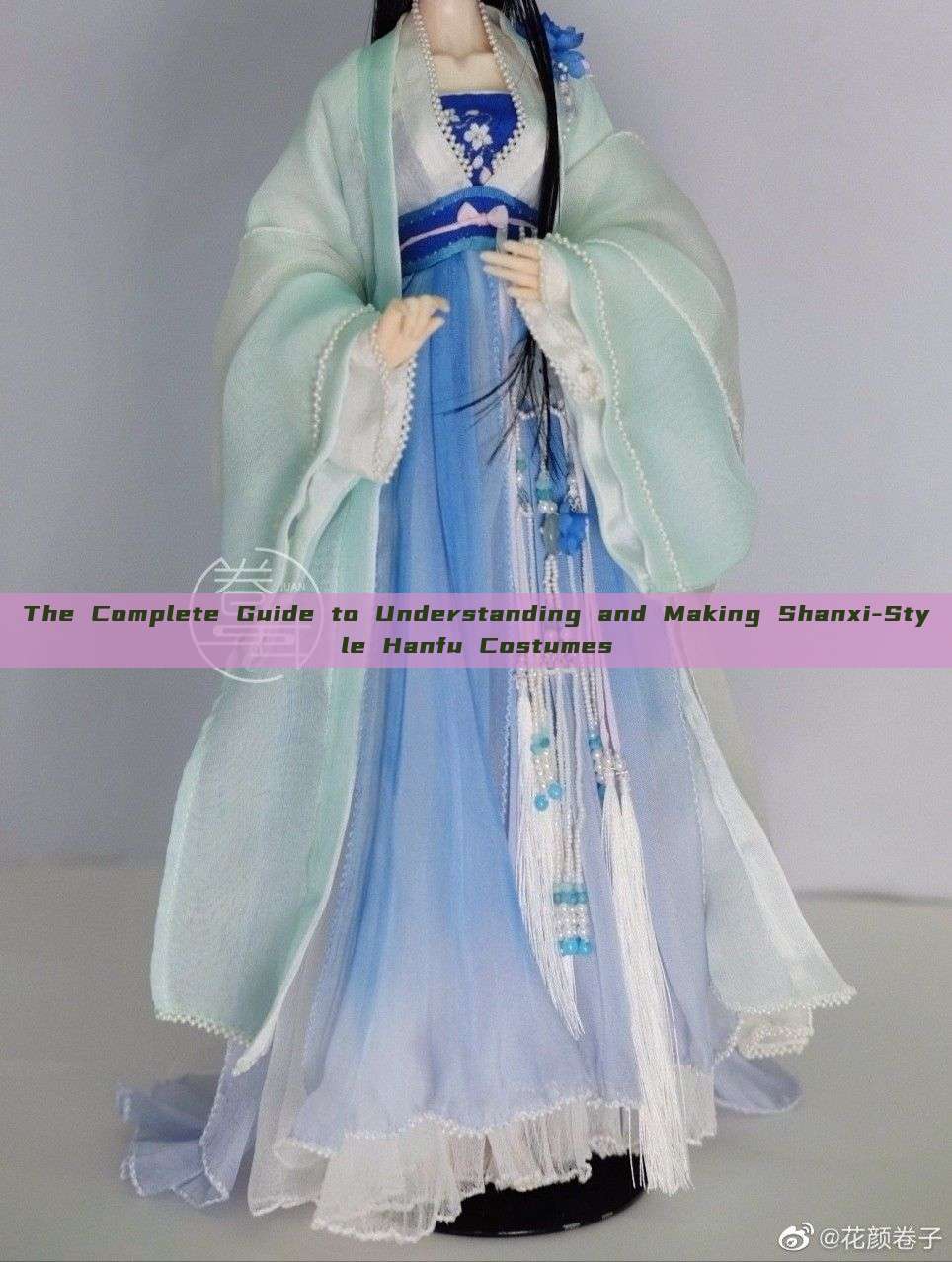
History and Cultural Significance of Shanxi Hanfu
Shanxi province, located in the heart of China, has a rich history of cultural and artistic traditions. The Hanfu worn here is a testament to the region’s rich cultural heritage, embodying thousands of years of history and craftsmanship. These costumes are not just clothing; they are a symbol of cultural identity and a way to honor ancestors and traditional values.
The history of Shanxi Hanfu dates back to the Zhou dynasty, when the Han ethnicity began to adopt a distinct style of clothing that emphasized simplicity and functionality. Over time, it evolved to incorporate various regional influences, resulting in distinct styles within Hanfu. Shanxi Hanfu is known for its simple lines, elegant designs, and intricate craftsmanship.
Materials Used in Making Shanxi Hanfu
The quality of materials used in making Shanxi Hanfu is crucial to its overall aesthetic and durability. Traditional materials such as silk, cotton, and brocade were often used in ancient times. Today, modern materials like synthetic fibers have also been incorporated to enhance comfort and affordability. However, the essence of using high-quality materials remains the same to ensure the longevity and elegance of the costume.
Design Elements of Shanxi Hanfu
Shanxi Hanfu incorporates various design elements that reflect its historical and cultural significance. Traditional patterns such as cloud patterns, dragon and phoenix designs, and floral patterns are commonly found on these costumes. These patterns not only enhance the aesthetic value but also symbolize good luck, prosperity, and other positive attributes.
In addition to patterns, colors also play a significant role in Shanxi Hanfu. Traditional colors like red, yellow, green, and black were often used in ancient times and continue to be popular today. These colors not only complement the designs but also evoke a sense of respect and dignity.
Modern Production Techniques for Shanxi Hanfu
Although traditional methods of making Shanxi Hanfu are still followed, modern production techniques have made the process more efficient and accessible. Modern machines and technology have enabled mass production without compromising the quality of the costumes. However, traditional craftsmanship remains an integral part of the process, ensuring the authenticity and quality of the final product.
Moreover, modern designers have also introduced innovative designs and styles to Shanxi Hanfu, making it more appealing to a younger audience. This blend of traditional craftsmanship and modern design has enabled Shanxi Hanfu to evolve and remain relevant in modern times.
Conclusion
Shanxi Hanfu is not just a piece of clothing; it’s a symbol of China’s rich cultural heritage. The complete process of making these costumes involves understanding its historical context, using high-quality materials, incorporating traditional design elements, and employing modern production techniques. By delving into the complete guide to understanding and making Shanxi-style Hanfu costumes, we hope to preserve and promote this invaluable cultural heritage for future generations.

 Previous Post
Previous Post

